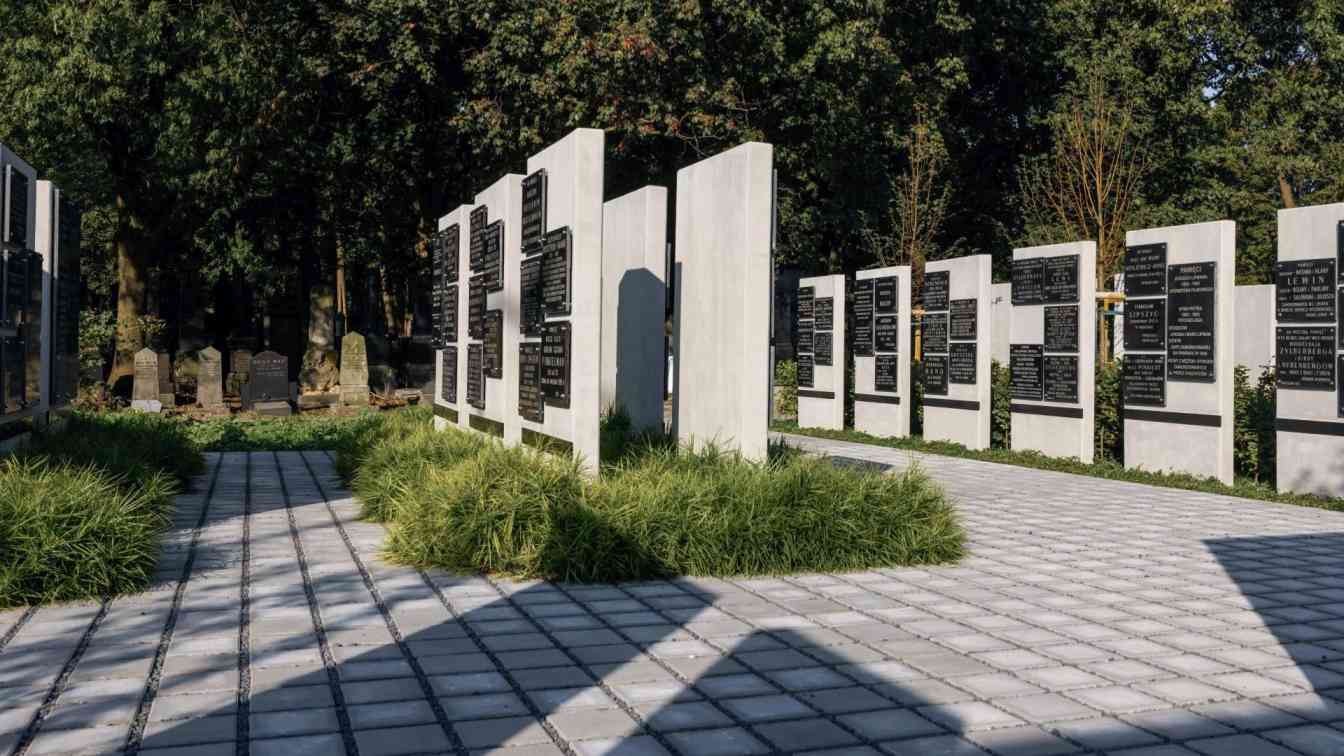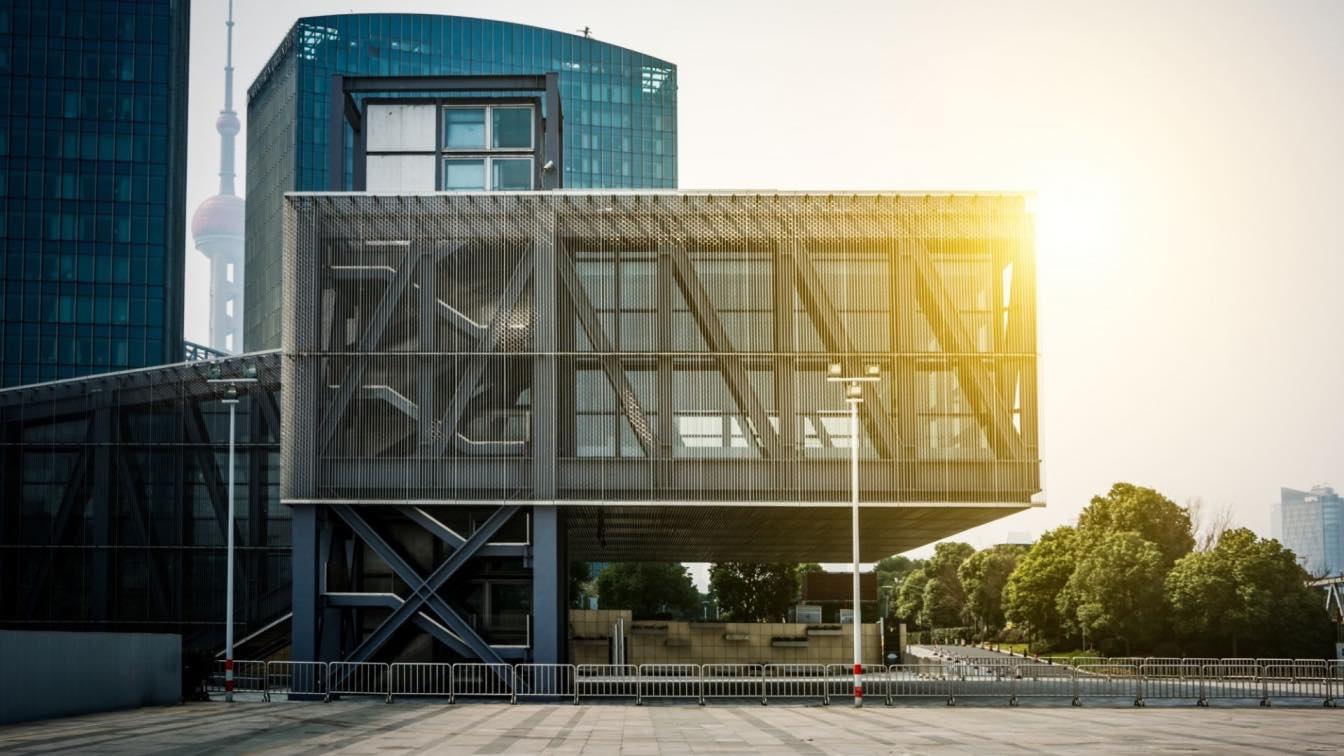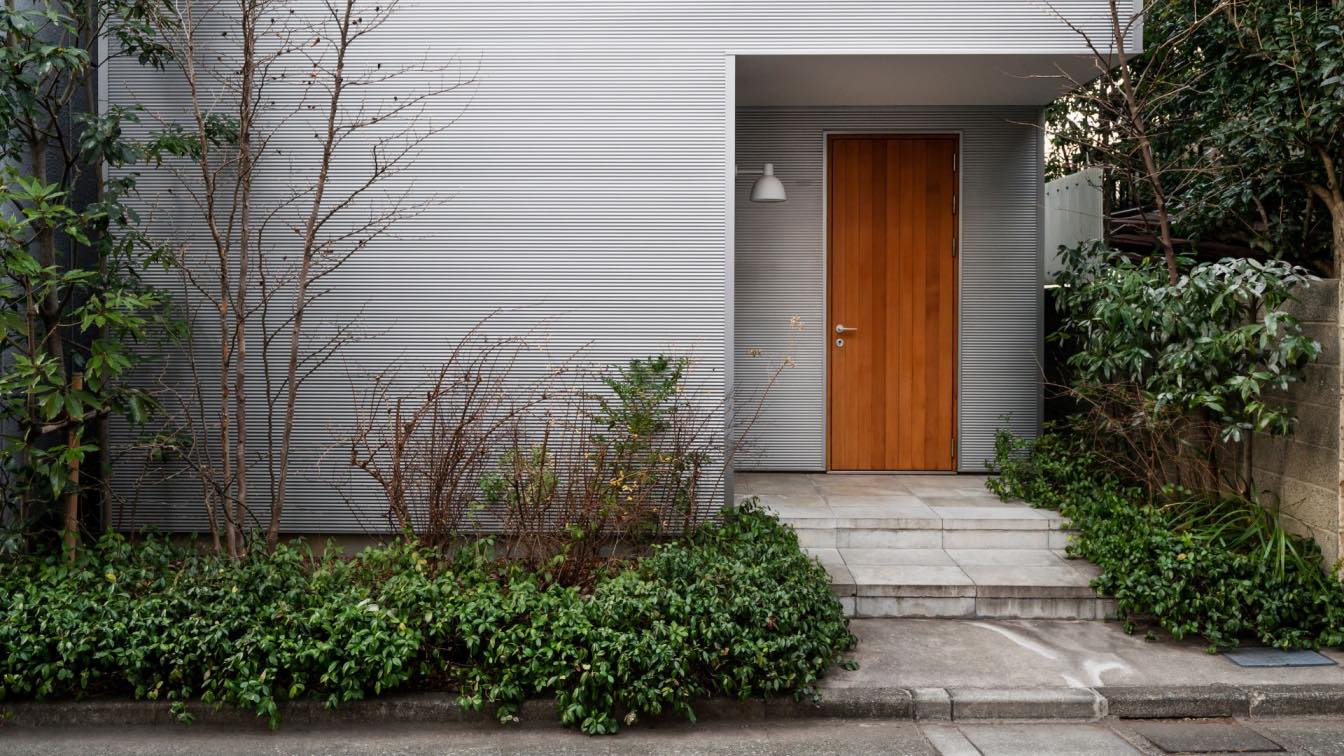At the verge of Warsaw’s Śródmieście district, in the shade of centuries-old trees, a unique space has been created where the past intertwines with the present, and memory takes on a tangible form. The Memorial Park, located within the Jewish Cemetery on Okopowa Street, serves as a place of symbolic remembrance for the deceased—many of whom met tragic fates during the Holocaust—as well as those whose graves have not been preserved or are located outside Poland. Importantly, these memorials are individually funded by the families and loved ones of the deceased, giving the space a deeply personal and intimate character. The park was realized by the Cultural Heritage Foundation from an endowment fund subsidized by the Ministry of Culture and National Heritage.
Designed by architects Maciej Szpalerski, Karol Dzik, and Krzysztof Matuszewski from the Archiworks studio, this intimate site offers a contemporary interpretation of a place of reflection. Here, architecture blends harmoniously with nature, creating a space for contemplation and dignified remembrance.
A Space for Memory and Symbolic Commemoration
Spread across 1,800 square meters, the Memorial Park features over 100 pedestals made of white architec
tural concrete, each bearing a commemorative plaque. Amidst lush greenery, each plaque stands as an individual mark of remembrance while collectively forming a greater narrative.
In addition to personal memorials, the Park also houses symbolic monuments, including the Children’s Holocaust Memorial and a monument to Janusz Korczak. The site also contains the grave of nameless victims discovered in the ruins of the Muranów district. Nearby, a Torah—the last documented burial of sacred Jewish texts in Poland—has been laid to rest.

Designing with Respect for History
The project draws inspiration from matzevah, traditional Jewish tombstone. The pedestals have a minimalist form, with subtle details—such as a strip of black granite—referencing the Jewish ritual prayer shawl. The concept echoes the approach taken at Yad Vashem, where memorials are seamlessly integrated into a carefully designed green space.
The creation of the Memorial Park required great sensitivity and collaboration with representatives of the Jewish Religious Community, the families of the commemorated individuals, and the heritage conservation authority. During construction, remnants of historical buildings and old pathways were uncovered, leading to delicate adjustments in the park’s layout.
Natural Harmony and Future Expansion
The use of modern prefabricated elements helped optimize costs while allowing for future expansion of the Park. The selection of native plant species—including ground cover plants, shrubs, and trees—ensures that the Park blends harmoniously into the cemetery landscape, emphasizing its unique character. The greenery design and implementation were carried out by Proscape Landscape Architecture.
Memory, Silence, and Contemplation
The Memorial Park is not just an architectural endeavor—it is, above all, a space that nurtures remembrance and offers a place for quiet farewells. It is a site that honors the past while allowing visitors to move forward—with memory and hope.



















